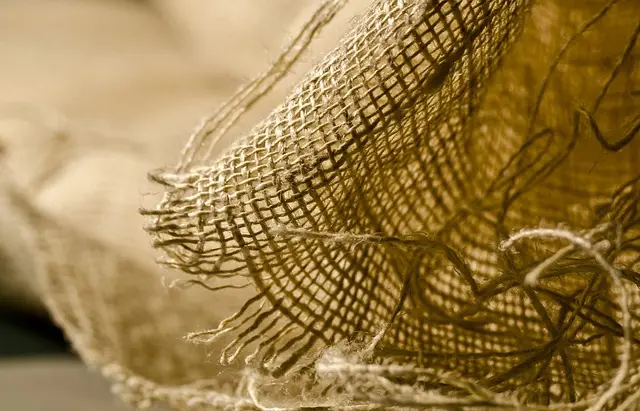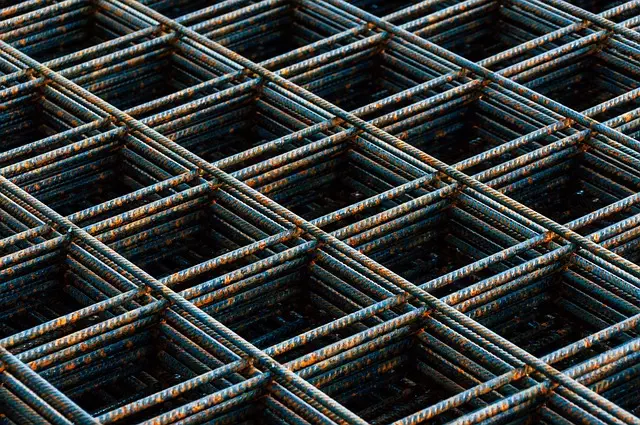Muscle soreness from intense exercise or repetitive movements is often due to muscle fiber micro-tears that cause inflammation and pain. Kratom, with its active alkaloids mitragynine and 7-hydroxymitragynine, may help alleviate this discomfort by interacting with opioid receptors. Similarly, kava root powder, a traditional South Pacific remedy, offers relaxing and analgesic benefits. Its preparation involves carefully selecting mature roots, drying them to prevent mold, and grinding into a fine powder to preserve the active compounds, known as kavalactones. Proper storage is crucial to maintain potency. Kava root powder can be prepared at home following specific steps to ensure safety and efficacy. It's advisable to use these substances with caution and under professional guidance due to their potency and legal considerations. For those interested in natural pain relief, learning how to make kava root powder is beneficial, but it should be used responsibly and in conjunction with professional healthcare advice, especially for individuals with pre-existing health conditions or those on other medications. Combining kava root powder with kratom may amplify their analgesic effects, but careful consideration and guidance are essential to avoid adverse effects. Always consult with a healthcare professional before incorporating these substances into your health regimen.
Muscle soreness can be a debilitating experience, often leaving individuals searching for effective relief. Kratom, a botanical substance with diverse effects, has gained attention for its potential role in alleviating muscle pain and discomfort. This article delves into the science behind muscle soreness and explores how kratom may offer relief. Moreover, we provide a detailed guide on how to make kava root powder, a key component when integrating kratom into your routine for optimal muscle soreness relief. By understanding the process and best practices, you can effectively harness the benefits of kava root powder for lasting comfort.
- Understanding Muscle Soreness and Kratom's Role in Relief
- The Process of Making Kava Root Powder: A Comprehensive Guide
- Integrating Kava Root Powder into Your Routine for Optimal Muscle Soreness Relief
Understanding Muscle Soreness and Kratom's Role in Relief

Muscle soreness can manifest as a result of various activities, including intense exercise, physical labor, or even from repetitive movements over time. The discomfort often arises due to micro-tears in muscle fibers, which, as part of the healing process, can lead to inflammation and pain. Understanding the underlying cause of this soreness is crucial for effective relief management. Kratom, a plant-based substance derived from the leaves of Mitragyna speciosa, has been recognized for its potential analgesic properties. While research on kratom is ongoing, many users report that certain strains of kratom can provide relief from muscle soreness. The alkaloids present in kratom leaves, such as mitragynine and 7-hydroxymitragynine, are believed to interact with the body’s opioid receptors, which may help in modulating pain perception.
For those seeking natural alternatives to manage muscle soreness, learning how to make kava root powder could be beneficial. Kava, a traditional beverage in certain cultures, is also known for its relaxing and analgesic effects. While it belongs to a different botanical family compared to kratom, both share some commonalities in their traditional use for pain relief. Preparing kava root powder involves soaking the roots of the kava plant, grinding them into a fine powder, and straining the resulting mixture to extract its beneficial compounds. This process can be repeated to enhance the potency of the kava preparation. It’s important to follow specific guidelines when consuming both kratom and kava, as they can have significant effects and are subject to legal regulations in many jurisdictions. Users should approach their use responsibly and consider consulting healthcare professionals before integrating these substances into their wellness routine, particularly if they have underlying health conditions or are taking other medications.
The Process of Making Kava Root Powder: A Comprehensive Guide

Kava root powder, a traditional beverage in certain South Pacific cultures, has gained international recognition for its calming effects and potential health benefits. The process of transforming the kava root into a fine powder begins with selecting high-quality kava roots from mature plants. These roots are then carefully harvested to ensure sustainability and maintain the purity of the strain. Once harvested, the roots undergo a meticulous drying process, often involving sun or oven drying, to remove moisture and prevent mold growth. This step is crucial for preservation and ensuring the longevity of the kava root powder.
After drying, the roots are peeled and coarsely chopped to facilitate the grinding process. The subsequent grinding can be achieved through various methods, including traditional stone grinders or modern milling equipment. The goal is to break down the roots into a fine powder without over-processing, as excessive grinding can degrade the quality of the active compounds known as kavalactones. Once ground, the resulting powder should be stored in airtight containers away from light and humidity. This helps maintain its potency and freshness. Following this comprehensive guide on how to make kava root powder can provide you with a high-quality product for personal use or sharing within communities that appreciate this traditional remedy.
Integrating Kava Root Powder into Your Routine for Optimal Muscle Soreness Relief

Integrating Kava Root Powder into your routine can be a potent strategy for alleviating muscle soreness, particularly when combined with kratom, another natural substance known for its analgesic properties. To harness the benefits of Kava Root Powder, it’s crucial to understand how to make kava root powder effectively at home. Begin by selecting high-quality Kava Root from a reputable supplier to ensure potency and safety. Traditionally, Kava is prepared by grinding the root into a fine powder and mixing it with water to create a concoction that can be strained and consumed. This preparation method releases the compounds responsible for kava’s unique effects. When incorporating Kava Root Powder into your routine for muscle soreness relief, consider the following: start with a small dose to gauge your tolerance, as kava can be quite potent. Gradually increase the amount as needed, adhering to recommended guidelines to avoid overconsumption.
Combining Kava Root Powder with kratom may provide a synergistic effect for muscle soreness relief. The combination of these two natural substances can enhance their individual properties, potentially offering more profound relaxation and pain-relieving effects. However, it’s important to approach the integration of both substances with caution, as their combined effects can be powerful. Always consult with a healthcare professional before beginning any new regimen, especially if you have existing health conditions or are taking other medications. By following a measured and informed approach to using Kava Root Powder, you can effectively complement your kratom use for relief from muscle soreness. Remember to maintain proper hydration and consider consulting with a knowledgeable herbalist or specialist to optimize the benefits of this natural remedy duo.
Muscle soreness can be a significant impediment to maintaining an active and healthy lifestyle. The article has explored the nature of muscle soreness and how kratom, particularly through the use of homemade kava root powder, may provide relief. By understanding the process of making kava root powder as outlined in our comprehensive guide, readers can effectively integrate this natural remedy into their routines for optimal comfort. While more research is needed to fully understand the efficacy and long-term effects of using kratom for muscle soreness, the potential benefits highlight the importance of exploring alternative treatments alongside conventional methods. Those interested in learning how to make kava root powder should take careful note of the detailed instructions provided to safely and effectively utilize this approach for muscle soreness relief.






